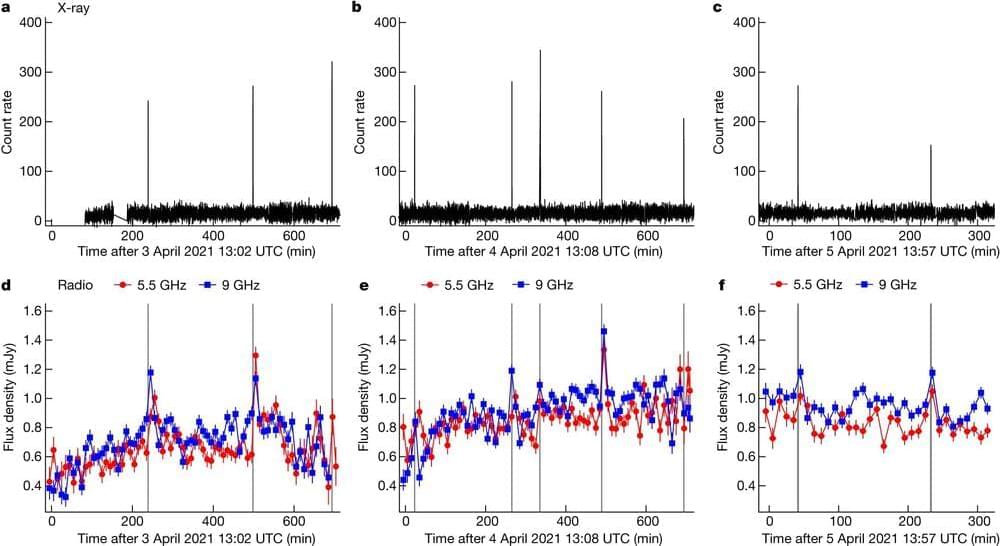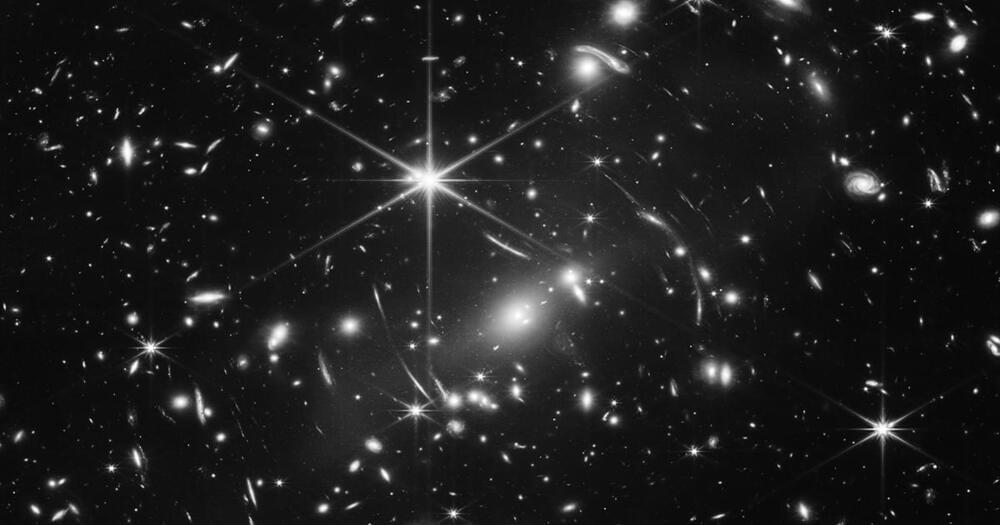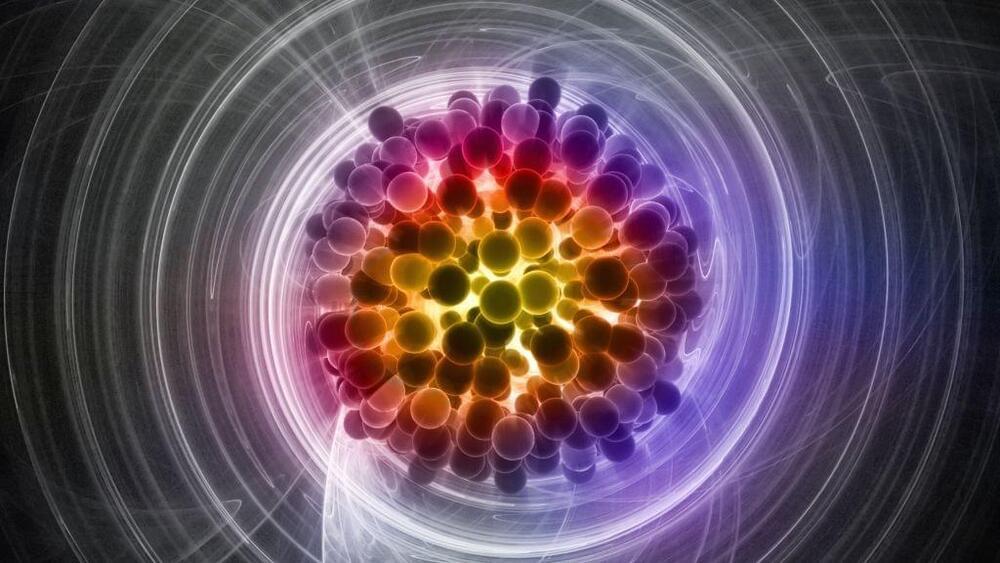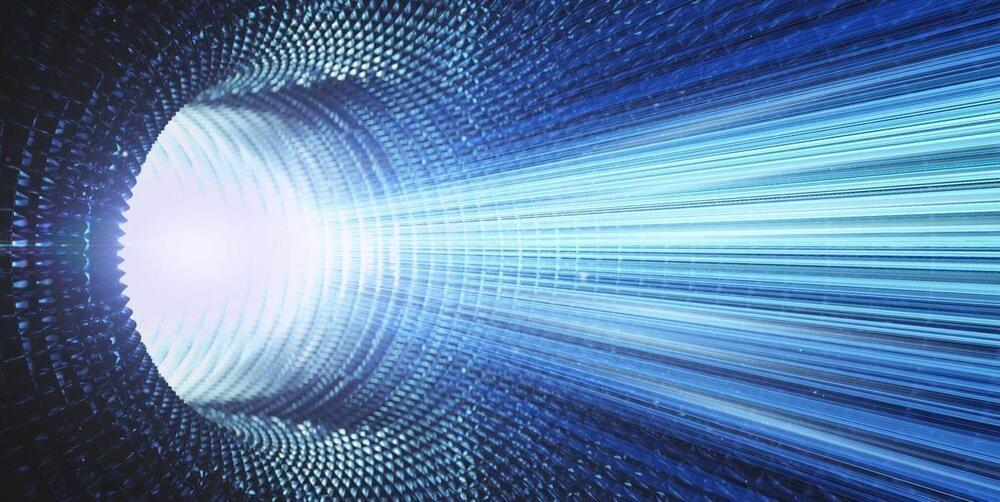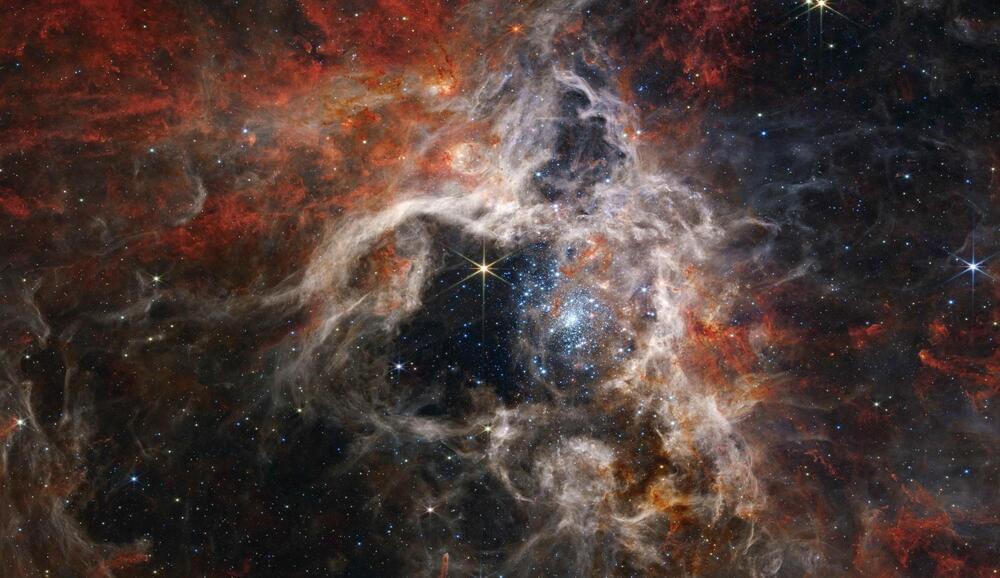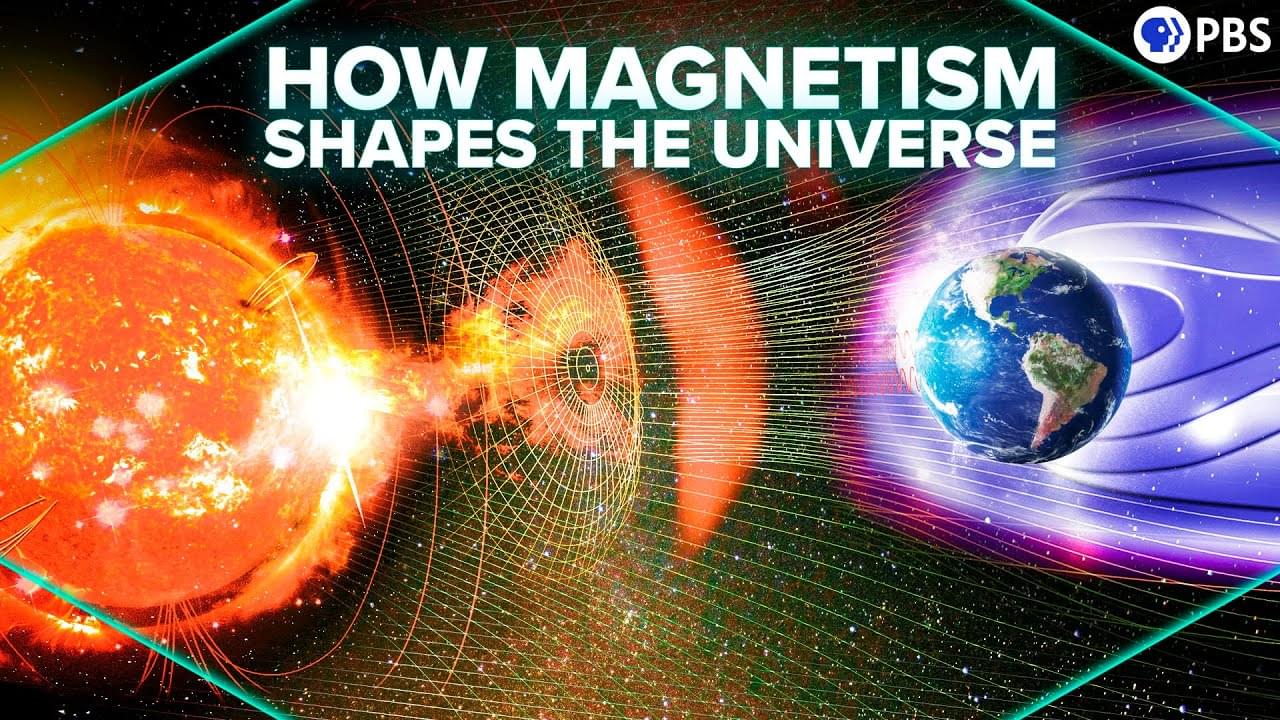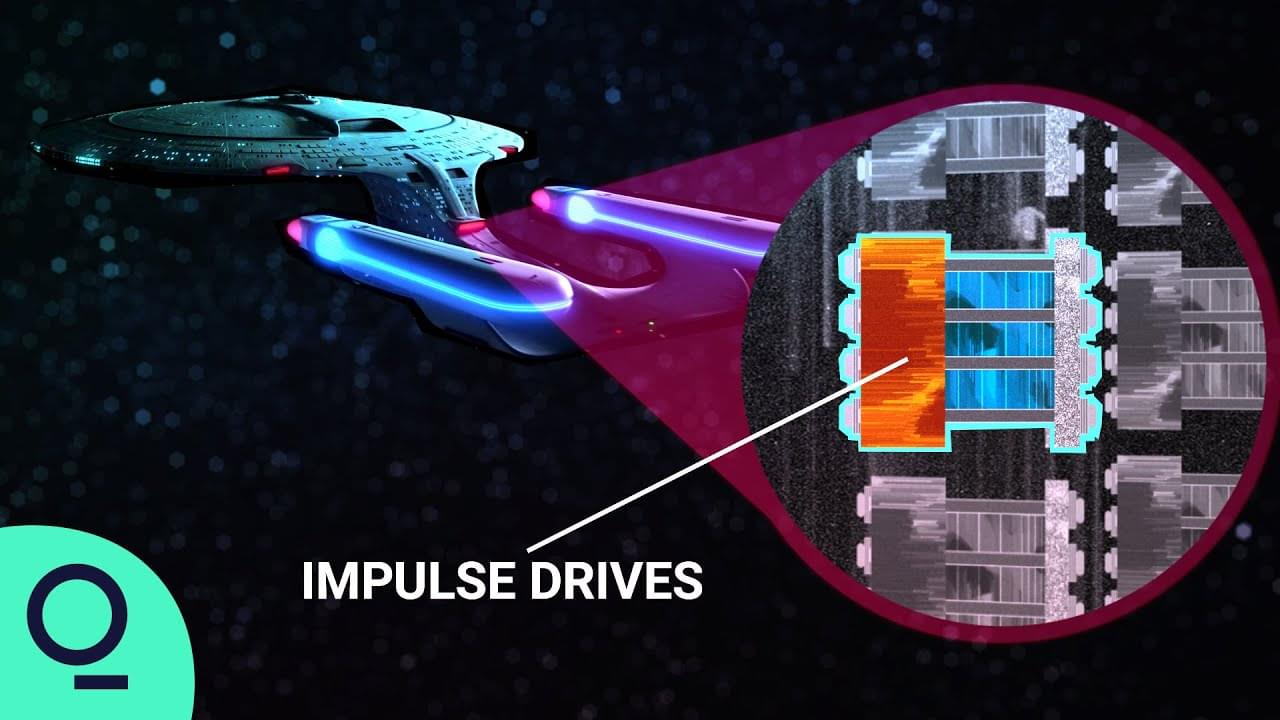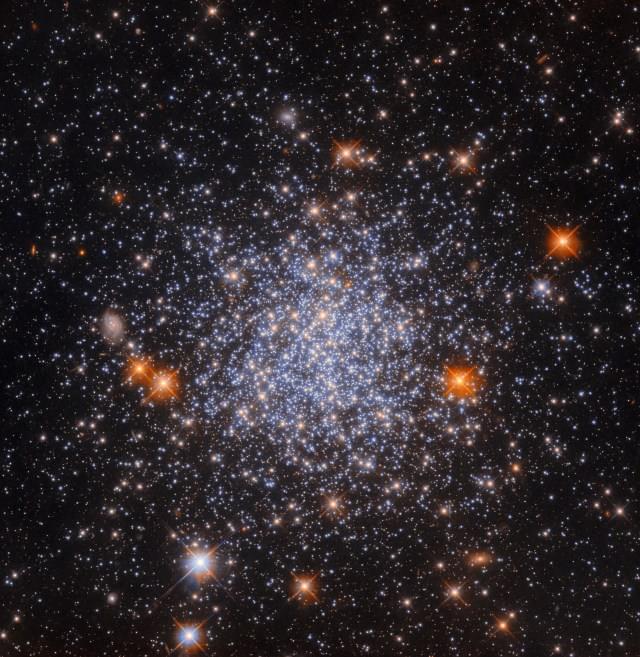Mar 30, 2024
A cosmic ‘speed camera’ just revealed the staggering speed of neutron star jets in a world first
Posted by Shubham Ghosh Roy in category: space
How fast can a neutron star drive powerful jets into space? The answer, it turns out, is about one-third the speed of light, as our team has just revealed in a new study published in Nature.
